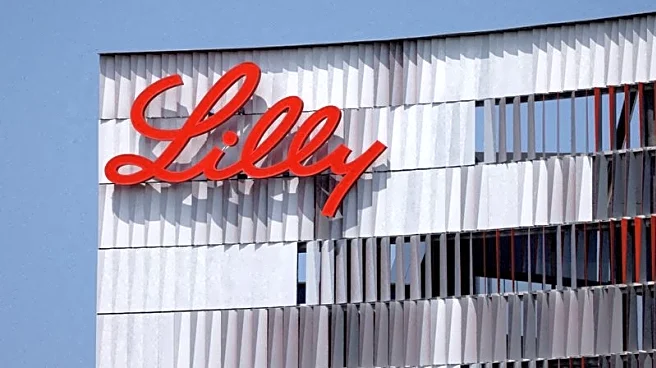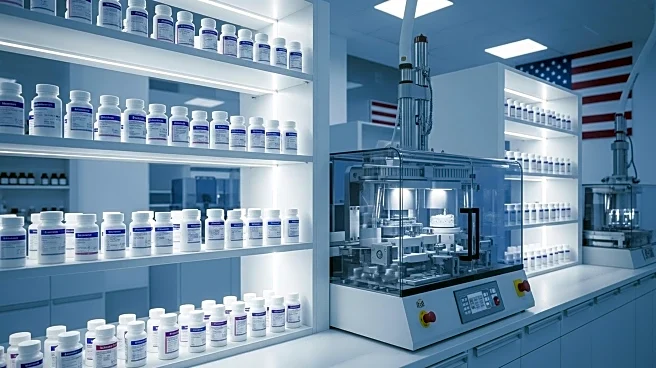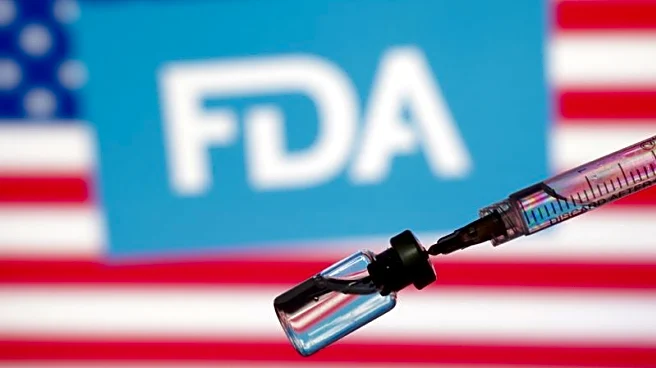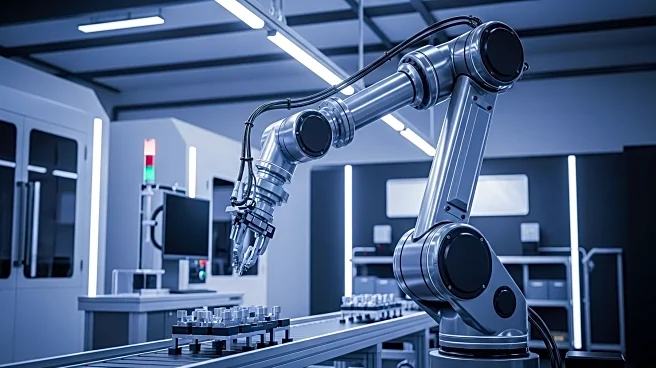What's Happening?
Eli Lilly has announced plans to invest more than $1 billion in India to enhance its manufacturing and supply capabilities through local partnerships. This move is part of a broader strategy to increase the availability of its key drugs, including those for obesity, diabetes, Alzheimer's, cancer, and autoimmune conditions. The investment comes as the company seeks to leverage India's skilled workforce and expand its global manufacturing footprint. This development follows a recent $5 billion investment in a new facility in Virginia, which is part of a $27 billion plan to build four new U.S. plants over the next five years. The expansion in India will include setting up a manufacturing and quality facility in Hyderabad, which will oversee the firm's contract manufacturing network across the country.
Why It's Important?
Eli Lilly's investment in India is significant as it aligns with the company's global expansion strategy and addresses the growing demand for its pharmaceutical products. The move also comes at a time when global drugmakers are enhancing U.S. manufacturing capacity, partly in response to a 100% tariff imposed by the Trump administration on imported branded and patented drugs. By expanding in India, Lilly aims to tap into the country's skilled workforce and cost-effective manufacturing capabilities, which could lead to increased production efficiency and reduced costs. This expansion is likely to enhance Lilly's competitive position in the global pharmaceutical market, particularly as it prepares for increased competition from generic drugmakers.
What's Next?
Eli Lilly plans to begin recruitment for its new facility in Hyderabad immediately, seeking engineers, chemists, analytical scientists, quality control and assurance experts, and managers. The company is also preparing for increased competition from India's generic drugmakers, who are expected to launch cheaper versions of drugs like Wegovy once its main ingredient goes off patent. As Lilly continues to expand its manufacturing capabilities, it will likely focus on strengthening its supply chain and distribution networks to meet the growing demand for its products globally.












